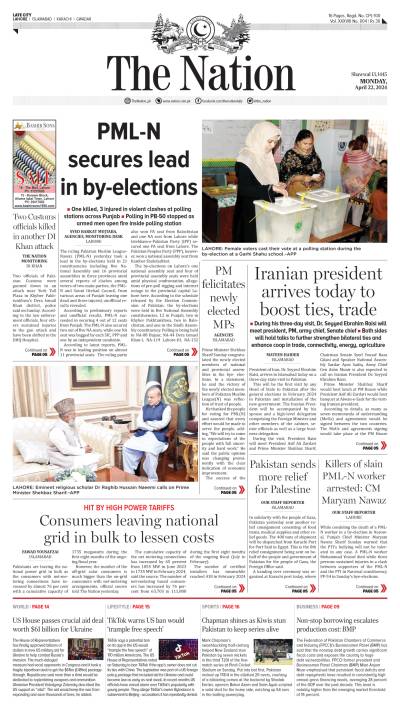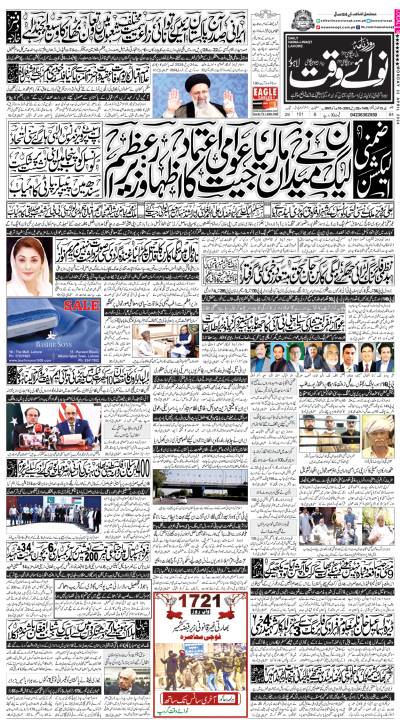Some years ago, a Norwegian anthropologist wrote an article about what it was to be a typical Norwegian. And he came up with the opinion, based on his studies, that it is not very typical for Norwegians to be very Norwegian. And it was much more than a word play. It was simply that even ethnic Norwegians who had lived in the land all their lives did often not fit the general description of what it is to be a typical Norwegian.
Many would be ‘very Norwegian’ in certain ways, such as like to go skiing during weekends in the winter months of February and March, including the Easter holidays. But then the same Norwegians would not like to live in small houses in the rural areas, as many Norwegians actually do; but they would rather like to live in a modern apartment down-town the city. Some would even prefer English language TV programmes to the Norwegian channels, and they would never dress in the knitted, woolen sweaters that Norwegians have in tourist brochures. In other words, people would pick and choose, and they would be open to opposing opinions, even new religious beliefs.
I remember that one of my aunts, Ingrid, was a regular Sunday churchgoer, which was common in my neigbourhood that time, especially for women and older people. But when Aunt Ingrid’s friend’s daughter decided to live with another woman, she supported her in doing so, against Biblical teachings and general norms, even those of her own family. My aunt was no longer a ‘typical Norwegian’, with old-school religious and moral values. But in many other ways, she was as traditional as one gets.
When the large influx of immigrants to Norway began in the late 1960s, and Pakistanis from Gujrat made up a sizeable proportion, the Norwegians suddenly came to realize that there were also very decent people from other cultural and religious backgrounds. Yes, because the immigrants were serious, hardworking, and decent people, that time perhaps more than today. Now, there are half a million immigrants in a total population of five million.
Gujratis and others, mostly men in their twenties, would come to Oslo and another big city, settle in with a relative or friend from home, and take up work after a few weeks in the new land. Most of them would work in restaurants, shops, factories, as bus or tram drivers, and in other humble jobs. They were appropriately dressed and more polite than most indigenous Norwegians. Ethnic Norwegians liked them, although they did not have much interaction, mainly hampered by language barriers.
I still remember an elderly Norwegian widow, Mrs. Eriksen, who lived in an old block of four apartments with outdoor toilets in a good working-class area of Oslo. A Pakistani family rented the apartment on first floor. Mrs. Eriksen always greeted the women and children, and those who visited. She felt a duty to be welcoming and include them in the little environment. That sometimes also meant to tell them about how the laundry should be put on the lines in the backyard, and never hang anything from the windows, and other such daily issues.
I noticed, too, that Mrs. Eriksen thought Pakistani men were good-looking and attractive. Once she mentioned that their ways of sitting together, smoking and chatting in the park opposite the building, reminded her of how young Norwegian men moved about when she was young. Mrs. Eriksen was an intelligent and honest woman, who had done as well as she could in a good working class family in her time. There were rules and regulations to follow, but there was also respect and tolerance for others. Discrimination was non-existent in her mind. If people behaved well and did their best, then the rest was not her business.
That time, I was a busy, up-coming young man in a good job. I often came to Mrs. Eriksen’s block since I knew another couple in one of the apartments. I also remember that I only superficially took notice of the Pakistani family and their visitors. I was more concerned about my own career and work, and had not much time for the newcomers or the elderly. I didn’t think much about how difficult it must have been for newcomers to get their feet solidly planted on the ground and make life bearable, even successful, in a ‘strange land far from home’.
I was probably just a typical, middle class Norwegian that time. I found ‘new Norwegians’ interesting, to some extent, but had little interaction with them. It was probably also a class issue, because at university, where I worked, we had more interaction with foreigners from other countries, including from Asia, Africa and Latin-America. In hindsight, though, I think that Mrs. Eriksen was more open-minded and inclusive than we were at university, and she saw new-comers as individual people; at university we talked about structural relationships and development economics.
The progressive or ‘in’ opinion that time, was to be against immigration and import of foreign workers. But we were for development aid and advocated structural change in the South, and in the North-South relations, which also included the major United Nations efforts in establishing a New International Economic Order (NIEO), but it came to nothing. We thought that people should get better living conditions in their own lands, not have to travel to the other side of the globe to try to succeed there. Was that right? Yes, in many ways it was. But it was an idealistic view, which the capitalist world order did not favour, not that time and not now.
People become immigrants and foreign workers for economic reasons, rarely just for pleasure. And in my youthful years in Norway, the Pakistanis and other immigrants who came, had planned to return home after five or ten years, after having saved some money and invested it at home. But then they grew roots and settled, with children and grandchildren, and the 40,000 Pakistani-Norwegians are now indeed Norwegians. Home is Norway, but in retirement they also have an opportunity to go ‘home’ to their country of origin more often, but usually only for visits. Some young ones, in third generation citizens, may go to live in their ancestors’ land for longer periods of time, to keep in touch with the culture and religion in the land they came from. A few even settle for good. But, interestingly, many of them are very Norwegian in their attitudes and opinions. I have a friend, who grew up in Stavanger, and I think he is more Norwegian than I am; yes, maybe he is a ‘typical Norwegian’. In addition, he also maintains some of the best of the Pakistani values and attitudes - and some others, too. That is how we all are and how we learn.
I believe that my aunt Ingrid and Mrs. Eriksen, and the many ordinary Pakistani-Norwegians I have mentioned in this article, belong to the great people that enrich any society, anywhere, at any time. All Norwegians should be thankful to such people – whether they grew up in working-class Oslo or rural North-Norway; whether they came from Gujrat, Bosnia, Afghanistan or anywhere else.
In our busy lives today, let us sit quiet for a minute and reflect on that. And let us remember that each person is unique, with his or her family and background, with his or her own dreams, hopes and aspirations. In the end, we are not very different; we have our strengths and weaknesses, and what is different in a more diverse and multicultural world, enriches us all. Besides, multiculturalism is not only that parallel groups and communities exist in the same town or city; multiculturalism can also be found within the same person.
The writer is a senior Norwegian social scientist with experience from research, diplomacy and development aid.
Email:atlehetland@yahoo.com





